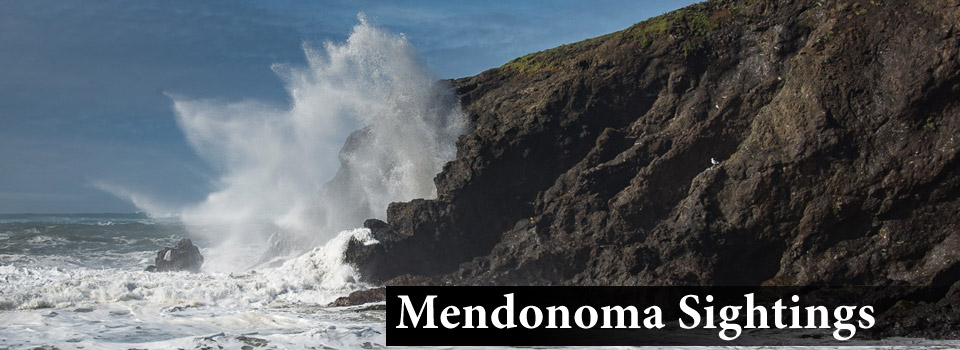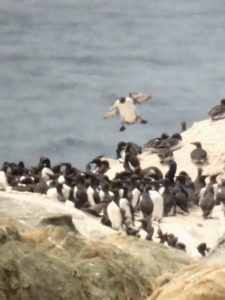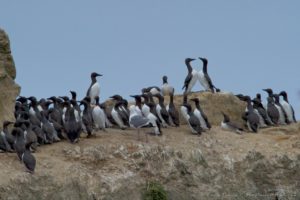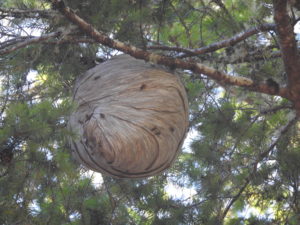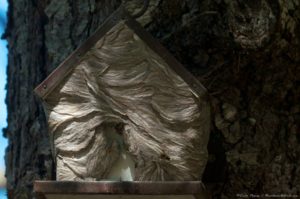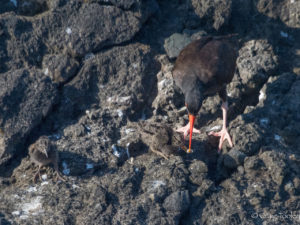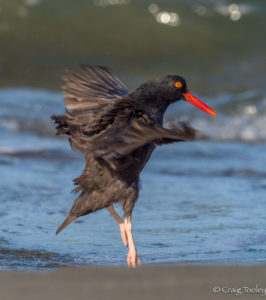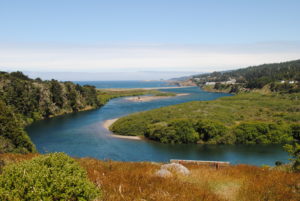Craig Tooley noticed this Eastern Pacific Red Octopus, Octopus rubescens, in a mussel bed.
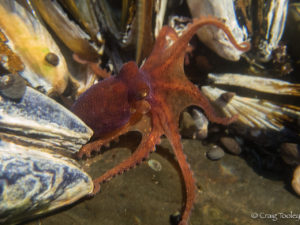 I showed Craig's photo to Robert Van Syoc and he wrote:
I showed Craig's photo to Robert Van Syoc and he wrote:
"It’s pretty common in the intertidal and shallow subtidal zones from Baja up to the Gulf of Alaska. It commonly feeds on small crabs, snails, clams and mussels. Since Craig captured this photo of it in a mussel bed, it may have been dining on some of the smaller mussels in the bed.”
There are so many fascinating creatures that live in the intertidal zone, which we can observe at low tide.
Thanks to Craig for allowing me to share his photo with you here. To see much more of Craig's nature photography, here is his website: www.ruffimage.com
